
3378-l-2.jpg from: https://www.wildflowers.co.il/hebrew/picture.asp?ID=21511
Introduction
The world of mosses is a fascinating and often overlooked realm, home to a diverse array of tiny, resilient plants that have been around for millions of years. Among these unsung heroes of the plant kingdom is the Fabronia ciliaris var. wrightii (Sull.) W.R.Buck, a member of the Fabroniaceae family, commonly known as Fabronia. This diminutive moss may be small in stature, but it plays a crucial role in the ecosystems it inhabits, and its unique characteristics make it a captivating subject for enthusiasts and naturalists alike.

3378-l-3.jpg from: https://www.wildflowers.co.il/hebrew/picture.asp?ID=21522
Background
Before delving into the specifics of Fabronia ciliaris var. wrightii, it’s essential to understand the broader context of mosses. These ancient plants belong to the
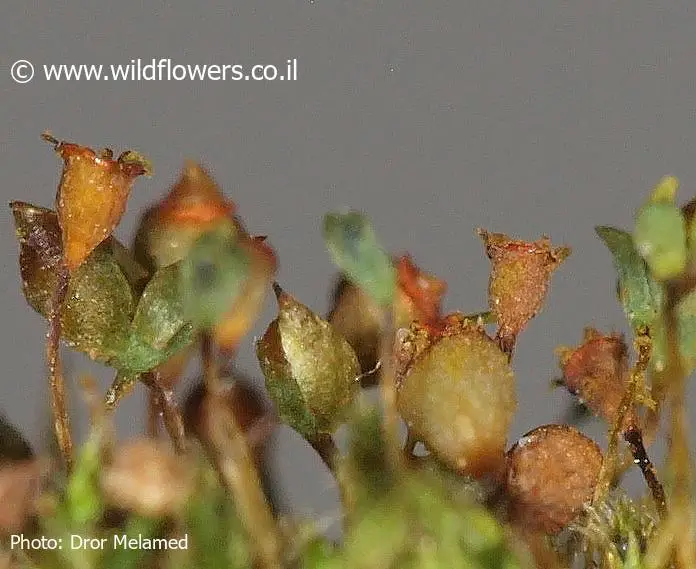
3378-l-4.jpg from: https://www.wildflowers.co.il/hebrew/picture.asp?ID=21523
Bryophyta division, which encompasses three classes: Bryopsida (true mosses), Marchantiopsida (liverworts), and Anthocerotopsida (hornworts). Mosses are non-vascular plants, meaning they lack the specialized tissues found in more complex plants for transporting water and nutrients. Despite their simplicity, mosses have adapted to thrive in a wide range of environments, from the Arctic tundra to tropical rainforests.
Main Content

3378-l-1.jpg from: https://www.wildflowers.co.il/hebrew/picture.asp?ID=21510
Morphology and Identification
Fabronia ciliaris var. wrightii is a small, delicate moss that forms dense, green to yellowish-green mats or tufts on tree bark, rocks, or soil. Its stems are slender and creeping, with tiny, overlapping leaves that are ciliate (fringed with hair-like projections) along the margins. The leaves are also plicate (folded lengthwise), giving them a distinctive, wrinkled appearance. When mature, this moss produces small, urn-shaped capsules on short stalks, which contain the spores for reproduction.
Global Distribution and Habitat
Fabronia ciliaris var. wrightii is widely distributed across North America, ranging from eastern Canada to the southeastern United States. It can also be found in parts of Central America and the Caribbean. This moss thrives in moist, shaded environments, often growing on the bark of trees, logs, or rocks in forests, ravines, and other wooded areas.
Ecological Roles and Adaptations
Despite their diminutive size, mosses like
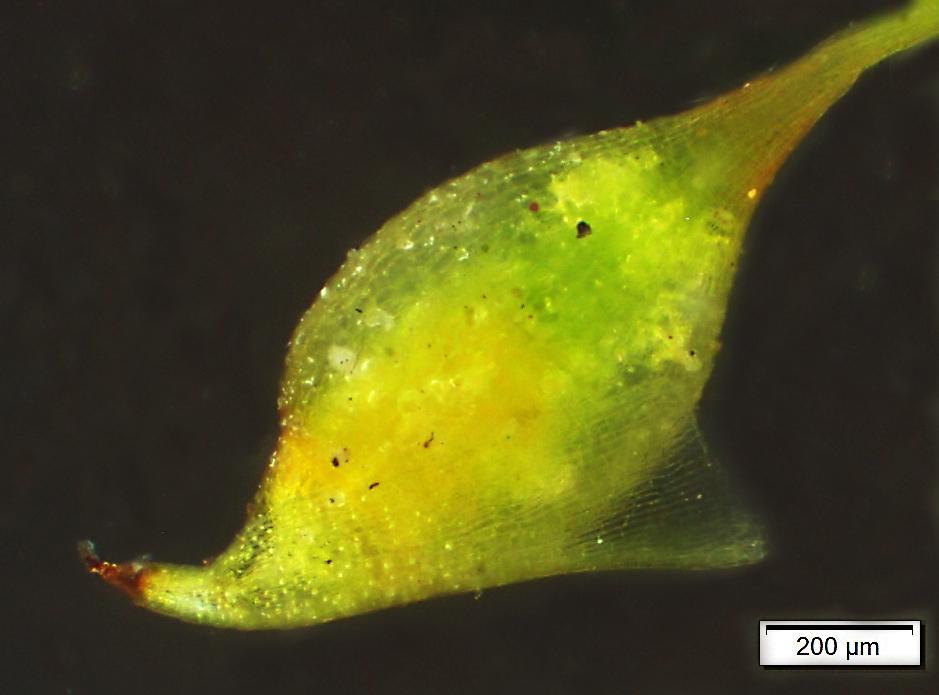
fa_ciliaris6.jpg from: https://wnmu.edu/academic/nspages/gilaflora/fabronia_ciliaris.html
Fabronia ciliaris var. wrightii play vital roles in their ecosystems. They act as pioneers, colonizing bare surfaces and helping to stabilize soil, prevent erosion, and create microhabitats for other organisms. Mosses also contribute to nutrient cycling and water retention, making them essential components of healthy forest ecosystems.
One of the remarkable adaptations of Fabronia ciliaris var. wrightii is its ability to survive desiccation (drying out) and rapidly rehydrate when moisture becomes available. This trait, known as poikilohydry, allows the moss to withstand periods of drought and resume growth and photosynthesis when conditions improve.
Case Studies/Examples
In a study conducted in the Great Smoky Mountains National Park, researchers found that Fabronia ciliaris var. wrightii was one of the most abundant moss species growing on the bark of various tree species, including oak, maple, and hemlock. This highlights the moss’s ability to thrive in the diverse and moist environments of the Appalachian forests.

3378-l.jpg from: https://www.wildflowers.co.il/english/picture.asp?ID=21509
Technical Table
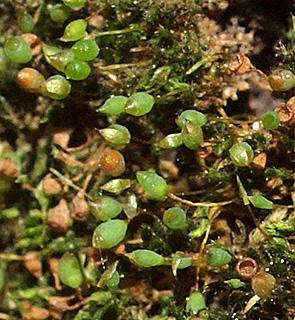
3378.jpg from: https://www.wildflowers.co.il/hebrew/picture.asp?ID=21508
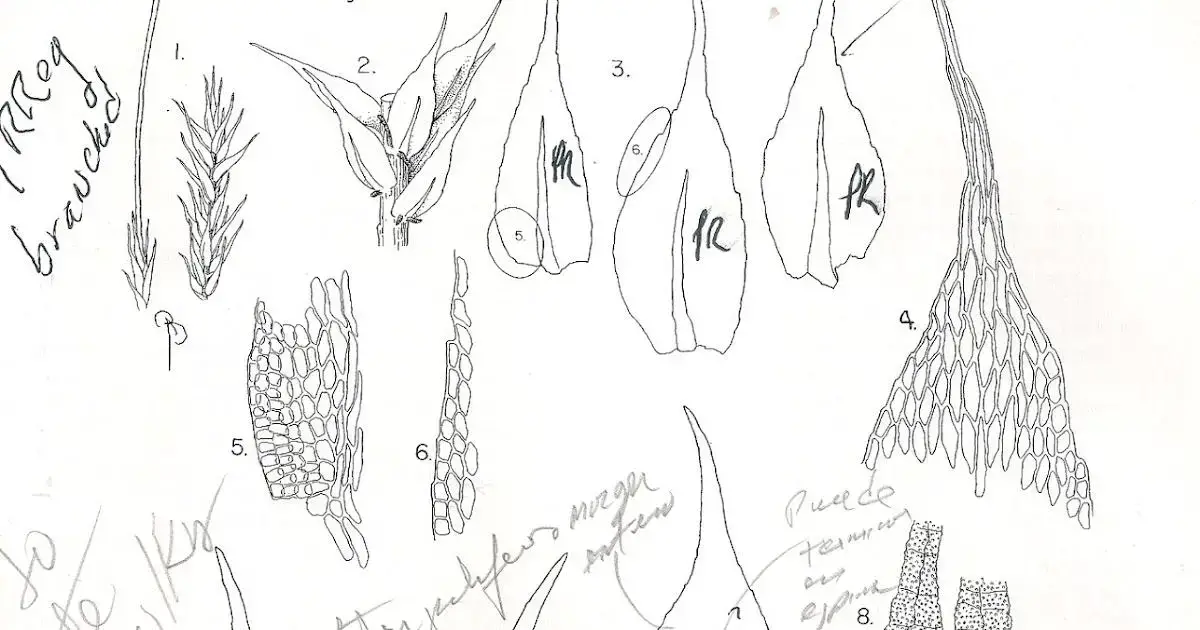
FABRONIA%2BCILIARIS%2BFABRONIACEAE.jpg from: https://plantasdepuertorico.blogspot.com/2017/02/musgos-hypnales-fabronia-ciliaris.html
| Scientific Name | Family | Common Name | Leaf Characteristics | Habitat |
|---|---|---|---|---|
| Fabronia ciliaris var. wrightii (Sull.) W.R.Buck | Fabroniaceae | Fabronia | Ciliate (fringed) margins, plicate (folded lengthwise) | Moist, shaded environments; tree bark, logs, rocks in forests |
Conclusion
The Fabronia ciliaris var. wrightii (Sull.) W.R.Buck moss may be small, but its impact on the ecosystems it inhabits is significant. From stabilizing soil and preventing erosion to providing microhabitats for other organisms, this unassuming plant plays a vital role in maintaining the delicate balance of nature. As we continue to explore and appreciate the wonders of the natural world, let us not overlook the humble mosses that have persisted for millions of years, quietly contributing to the intricate web of life that sustains us all.
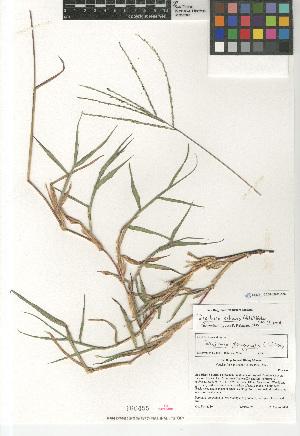
CCDB-23952-G06_h160455%2B1443466804.jpg from: https://v3.boldsystems.org/index.php/Taxbrowser_Taxonpage?taxid=756411
Thought-provoking question: In a world where we often prioritize the grand and the spectacular, how can we cultivate a deeper appreciation for the small, unassuming organisms that play such crucial roles in our ecosystems?